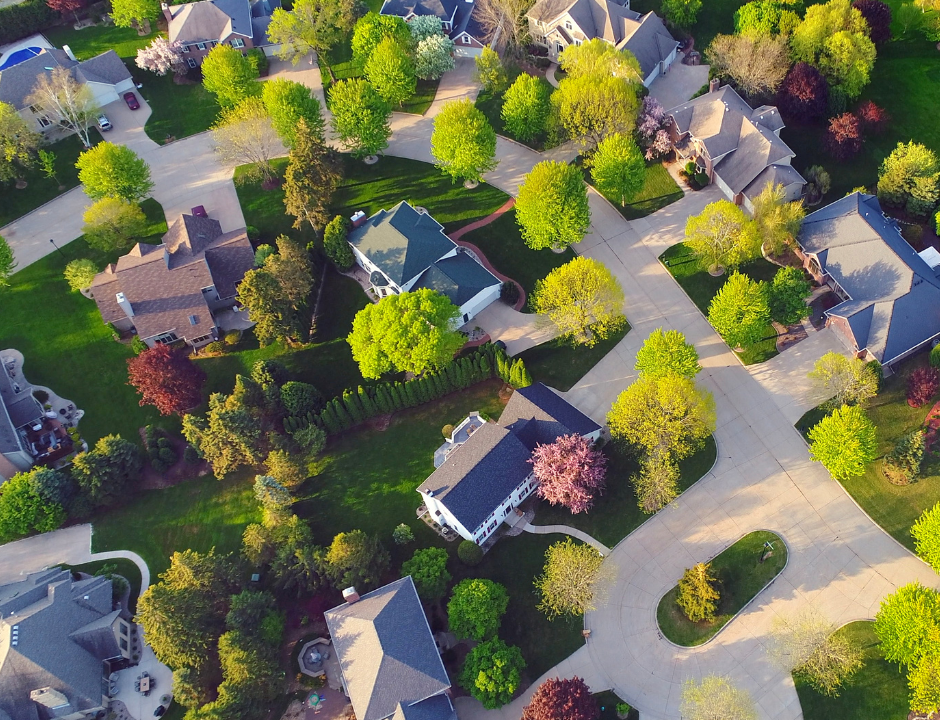What Affects your Insurance Rates and Availability?

EARLY LEAK DETECTION CAN REDUCE FLOOD RISK AND LOWER INSURANCE PREMIUMS
September 1, 2020
ASSESSING YOUR POLICY LIMITS IN THE WORK-FROM-HOME ECONOMY
February 16, 2021FACTORS AFFECTING YOUR INSURANCE RATES & AVAILABILITY
Whether you’re looking to insure a primary residence, a vacation home, a vehicle, or a business, many factors affect both insurance availability and premiums. For example, if you’re purchasing a home, potential insurers will look at several factors when determining the structure’s insurability. These may include the building’s age, construction materials, location, and any prior improvements. Each factor is evaluated in terms of risk (to the structure as well as to the insurer).
But what about the human element? What factors in your financial history do insurers use to determine policy eligibility and premiums?
What’s Your Insurance Score?
Like lenders, insurance companies use statistical data, today often referred to as “big data”, to determine which policyholders are most likely to file a claim. Like a credit score, your insurance score reflects your past payment history—including any late payments, the amount of credit available to you, and other factors that might increase the cost of issuing a policy —to assess risk to the insurer. Each time an insurer must pursue a client for a tardy payment, it increases the insurer’s administrative costs. Mailed correspondence, such as late notices and copies of notices to mortgage and leasing companies also increases insurer costs. The insurance score helps to assess the overall potential cost of doing business with them. This assessment gets added to the particulars about the building, car and loss history to help insurers price policies. The availability of such “big data” across large groups of policyholders is known as predictive modeling and are aimed at pricing the least costly risks at the lowest premiums for the risk involved. Of course, they are not a “crystal ball” and are just that – predictions or educated conclusions. Obviously, weather, maintenance, driving habits, etc. also play major roles in pricing insurance.
Improving Your Insurance Score
What you may not know is that these insurance score is are becoming more of a factor used in determining your premium costs. Using a rating scale of 200 to 997, lower scores indicate higher risk, and higher scores lower risk. Each insurer “weighs” the insurance score factor differently so it is a bit of an unknown in our world of “big data”. But we do know there are some ways to increase your score and affect your overall pricing.
- Pay all insurance bills on time
• Reduce or consolidating overall debt
• Limit the number of credit balances you carry
• File fewer insurance claims, especially small claims (DIY the small stuff)
• Reduce paperwork between you and your insurer – consider paperless options.
• Work with creditors to resolve issues on your credit reports
• Avoid waiting to pay bills that might result in policy cancellations. Insurers have to follow strict state laws regarding when cancellation notices need to be sent.
Factors that Can Increase Claim Numbers
Filing and processing a claim can be costly for both client and insurer. Yet property claims have increased lately in a number of areas, partially due to new and extreme weather conditions, aging infrastructure, and increased development of poor-drainage land. Larger and more widespread claims are a concern for both insurers and clients who are hoping to keep costs low.
As properties age, they become more vulnerable to damage from wind, water, freeze, fire, and insects. Doing all you can to minimize losses through maintenance, alarm systems, water shut-off devices, proper grading away from buildings can all aid in mitigating or avoiding claims.
Consider a Newer Structure
One way to keep your insurance costs down is to consider a newer structure (or even a new construction) in your purchase plans, especially in areas along the coast, and in Florida, where building codes have changed as features that help avoid significant damage in storms. Insurers are often requiring buildings that are “built to current code” as a requirement for the broadest coverage offering. Not only are building built to code more desirable for many insurers but credits for those features will lower your premiums.
Factors that may lower your premiums include…
• Buildings elevated above the flood level for the area
• Impact resistant glass or Hurricane shutters
• Roof strapping systems to prevent roof loss
• Leak alert systems
Structures carrying such features and improvements tend to be looked upon more favorably by insurers because of their decreased risk profile and they often reserve their capacity to offer coverage for these buildings.
Looking for ways to explore potential new purchases with some due diligence about insurance in certain areas, and maximize competitive premiums for now and the future but still get the coverage you need and want? At MAGIS, we understand the insurance needs of today’s affluent clients. We know you’ve worked hard to build the life you have—that’s why we offer a range of comprehensive yet affordable insurance plans to cover your home, vacation property, business, car, boat, or aircraft! Take a moment to explore your policy options with one of our qualified insurance advisors. We’re looking forward to hearing from you.




